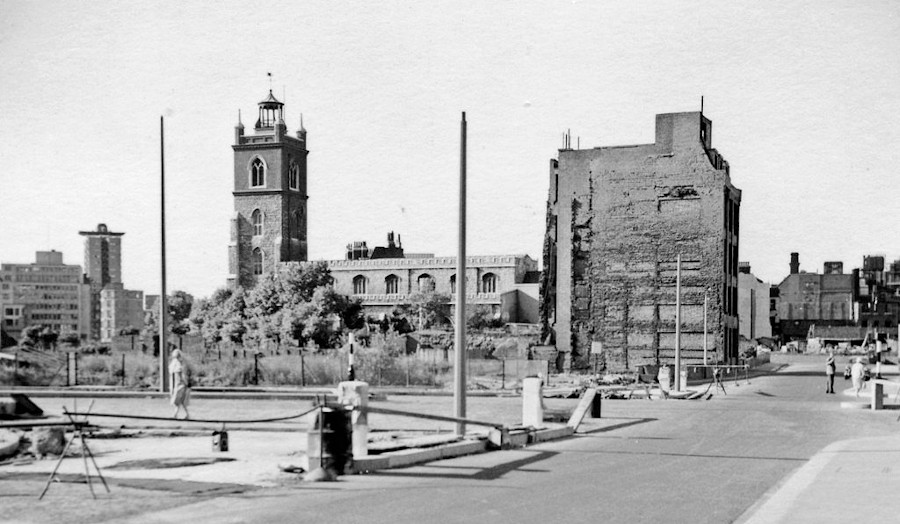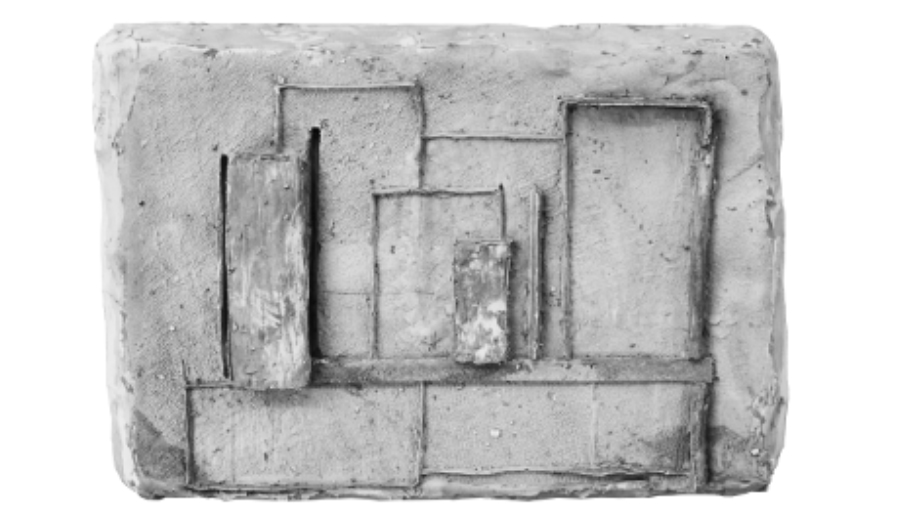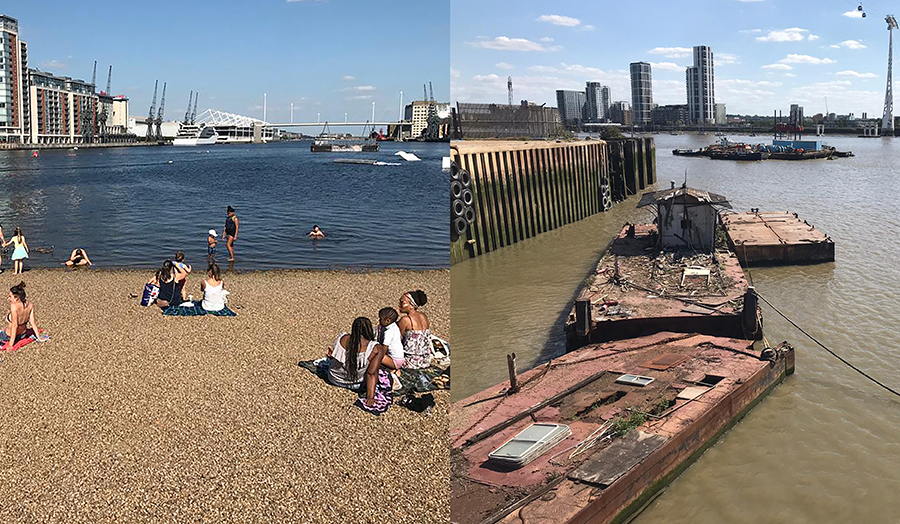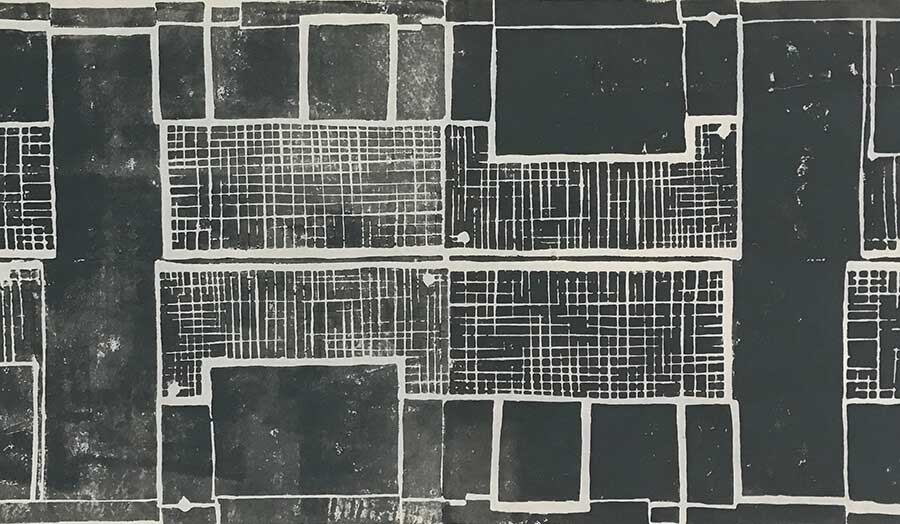Studio brief
The City of London has become dominated by spaces for commerce; by the office and businesses that have been founded to support the many thousands of commuters who had travelled to their workplaces from surrounding areas. During the Covid-19 lockdown, the City was emptied of those commuters and despite encouragement to return, by the end of August, the number of people working in the City continues to be well below pre-Covid levels at only 17%. Many city workers have enjoyed working from home and are reluctant to go back to the daily commute, and employers are now reviewing whether they even need to retain their large expensive offices.
This gives us the opportunity to consider a new future for the City and consider ways in which the spaces vacated by big business might be reimagined.
Throughout most of its history the City of London was a place for people to live and work, yet by the start of 2020, approximately 500,000 people worked in the City, yet the permanent resident population is just 9,000.
Could the future for the City be secured by encouraging more people to live in the within its boundaries? What are the models for living in the city and what are the lessons we can learn from being confined to our homes for the spring and summer of 2020 and about what we need for happy and fulfilling lives? Can the plans developed by the Mayor of Paris for the 15-minute city be a model for developing a liveable City of London?
Using city walks, we'll uncover the urban and character of the 25 City Wards – their street networks, their buildings and spaces alongside a parallel study of the design principles that guided the development of Barbican.
The initial project will be the development of a new housing model; a large city house that will contain both private and communal living spaces, allowing a new community to occupy the City. The final project will be a new public building providing the social infrastructure required to make a truly liveable city.

Details
| Course | |
|---|---|
| Tutors | Jillian Jones Andrew Budd Kieran Wardle |
| Where | Goulston Street |
| When | Tuesday and Friday |



